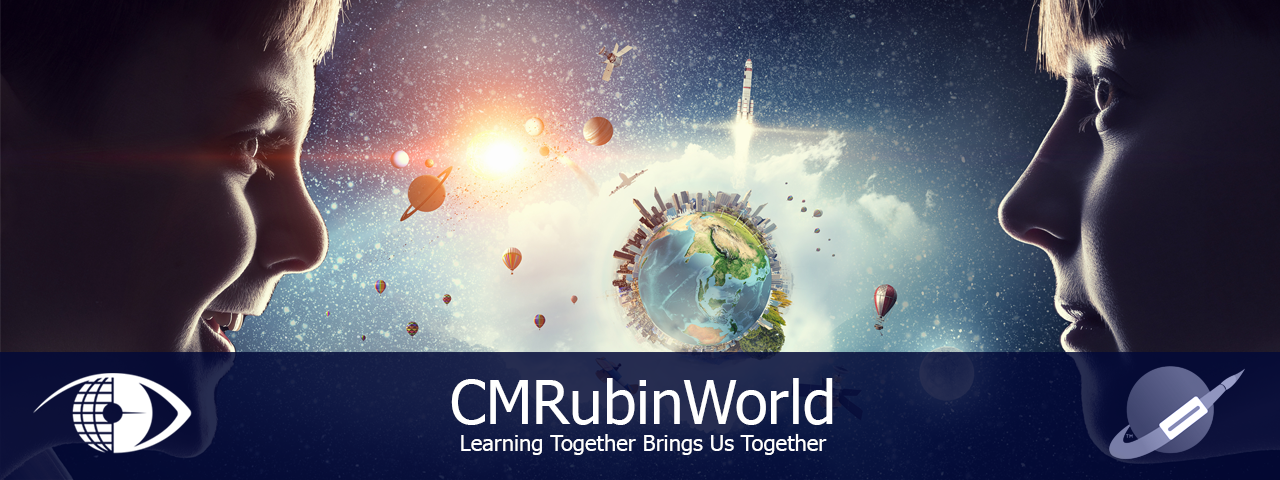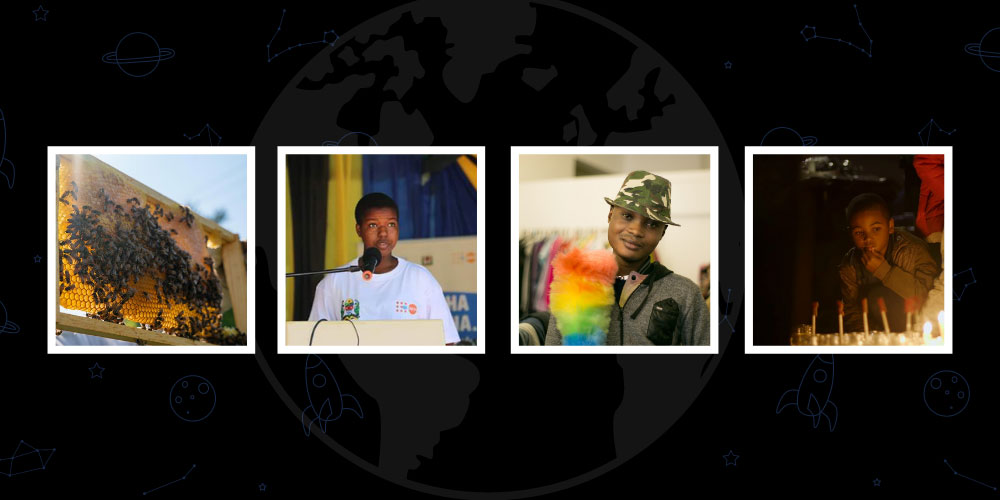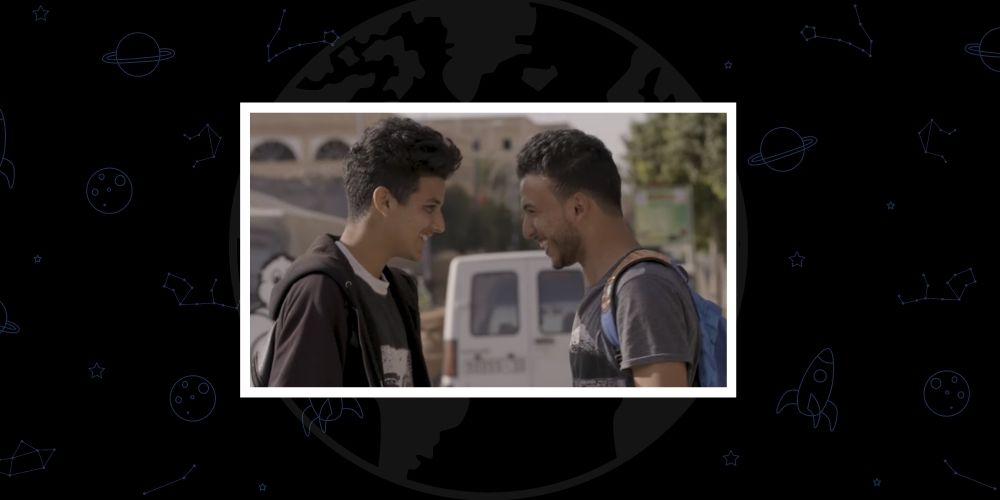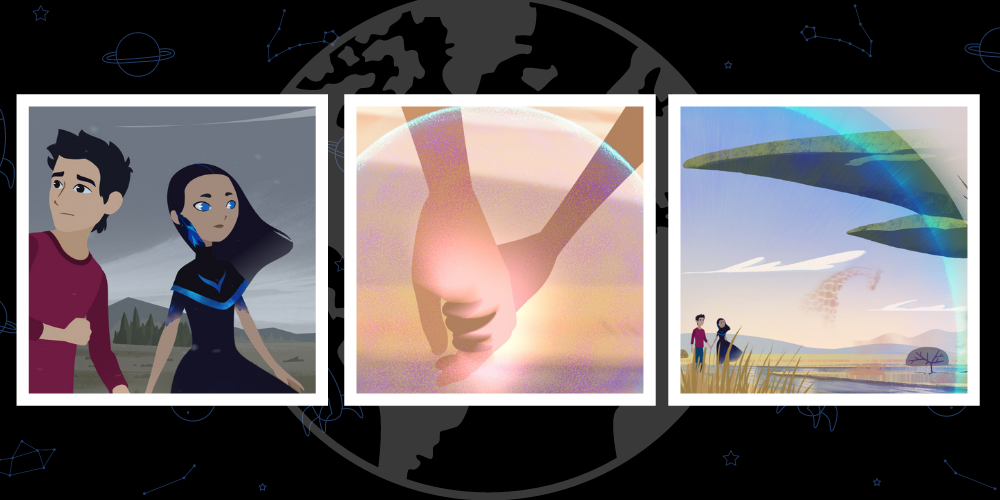This month, audiences can screen Virtual Sculptures on the Planet Classroom Network.
Created by Mimi Garrard and James Seawright, Virtual Sculptures transforms Seawright’s legendary kinetic sculptures into an immersive digital experience.
This visually stunning film brings each piece to life, blurring the boundaries between physical and virtual art. With ASMR-inspired sound design and mesmerizing motion, Virtual Sculptures redefines the art-film experience. James Seawright and Mimi Garrard have been artistic collaborators since the 1960s, continually inspiring one another throughout their careers.
The Global Search for Education is pleased to welcome Mimi Garrard to discuss this groundbreaking project.
Mimi, what inspired the creation of Virtual Sculptures, and how did you integrate dance, digital technology, and kinetic art into a unified vision?
The genesis of this project was a fortuitous incident. I was documenting James Seawright’s Constellation Sculptures, and I didn’t like the result, so I began experimenting with unusual shots. Then I started playing with editing, creating a completely new piece. I showed it to my husband, James, and to my surprise, he thought it was wonderful. I continued working with the other Constellation Sculptures, and James would offer suggestions as I progressed.
How did the choreography evolve to complement the movement and structure of Seawright’s sculptures? Were there any unique challenges or creative breakthroughs during the process?
It was exciting to work with the images from the Constellation Sculptures. It was a very intuitive and experimental process—I had to find new ways to present the material. The sculptures involve light and movement—so how could that be seen in an entirely new way? I used Adobe Premiere and discovered new ways of working with the software to bring out the full potential of the sculptures.
Was there a particular moment during filming that surprised you or deeply resonated with you?
At one point, the image disappeared in the middle of the frame, and a new image emerged—that was a fascinating discovery. It turned out to be incredibly useful in editing the sculptures.
The sound design in Virtual Sculptures creates a deeply immersive experience. How did you approach developing the audio to enhance the visual storytelling?
I created the music for Virtual Sculptures myself. It was easier to match the sound to the images if I composed it directly. That also required a lot of experimentation. James and I were very happy with the final result—we felt we were creating a new way of making art.
Thank you, Mimi!
C.M. Rubin with Mimi Garrard
Don’t Miss It!
Virtual Sculptures is now streaming on the Planet Classroom Network, curated by Planet Classroom.







April 14, 2025
Thank you! I am very happy that we can share the virtual sculptures with so many people on Planet Classroom.
Mimi Garrard